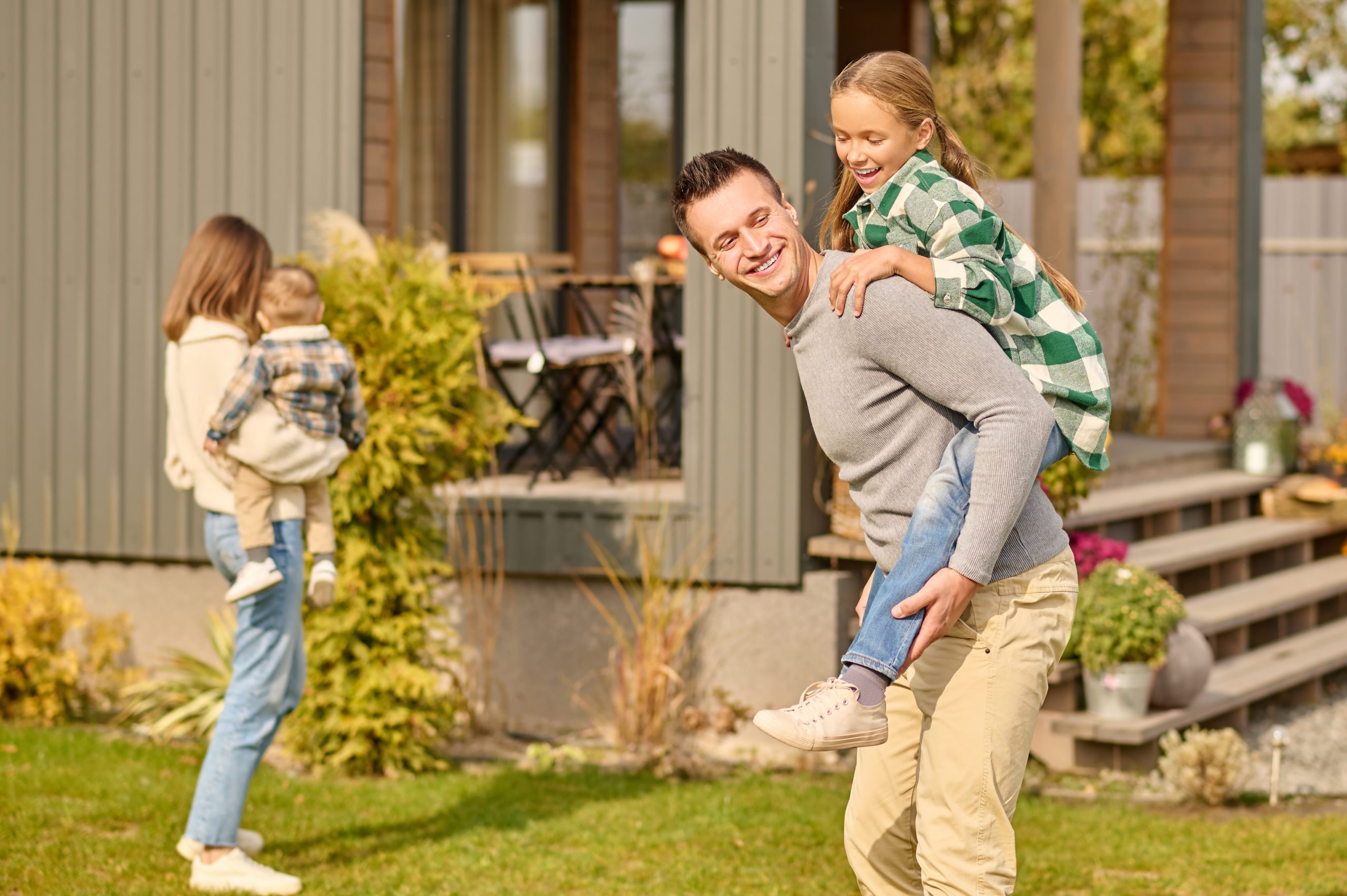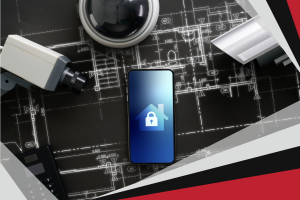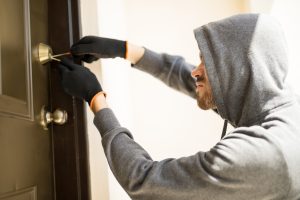The debate surrounding the right to own a gun in the United States is a controversial one, but answering the question about whether having a gun in the house will make you and your family safer is pretty straightforward. Our best bet is to look at the statistics surrounding gun ownership vs. gun violence and draw conclusions based on the research.
Do guns make us safer?
Americans are split on whether gun ownership does more or less for safety. In 2023, Pew Research concluded that 49% of Americans agree that gun ownership increases personal safety, but about an equal amount agree with the opposite statement.
Naturally, the positive perspective of gun ownership and safety is higher among gun owners. Of the 32% of Americans who own a gun, 71% believe that it increases their personal safety. On the other hand, the majority of non-gun owners (61%) believe that owning a gun actually decreases personal safety.

How many Americans use guns for protection?
Our most recent State of Safety survey found that 36% of respondents use some form of personal protection, with 41% of those choosing a concealed firearm. That’s the second-most used form of personal protection after knives and pepper spray (41% each).
Three in four Americans take measures to secure their property, with 28% of those relying on a firearm. Firearms are the third-most popular form of property protection after security cameras (39%) and guard dogs (33%).
Before diving into the statistics about having a gun in the home, it’s important to point out that until recently, unbiased research about gun violence was hard to come by. A 1996 law called the Dickey Amendment restricted how government funding could be used for research on gun violence. For several decades, many of the privately funded studies on using guns for self-defense were either sponsored by the National Rifle Association or conversely, organizations dedicated to gun control.
Today, however, there is a growing body of well-established research that clearly points toward one conclusion. Whether we carry a concealed firearm for self-defense or use one for recreational sports like hunting, guns in the home do not make us safer.
Statistics about having guns at home
Statistically, having a gun in your home is more dangerous for you and your family, especially if you have young children or teens. A 2014 review in the Annals of Internal Medicine concluded having a firearm in the home, even when it’s properly stored, doubles your risk of becoming a victim of homicide and triples the risk of suicide.
Because the majority of gun owners do not secure their weapons, children are especially at risk of gun violence in their homes. Recent data from a 2021 National Firearm Survey estimates as many as 4.6 million children in America live in homes with unsecured guns.4 Experts agree that properly securing and storing guns can be an effective way to address incidents of suicide, mass shootings, and unintentional shootings among children and teenagers. Parents who are gun owners should take the extra precaution of researching the best gun safes or car gun safes to lower the risk of gun violence for their children and prevent their firearms from falling into the wrong hands.
More guns = more gun violence
The statistics on gun violence also apply on a broader scale. The more firearms there are in a country (whether for self-defense, concealed carry, or recreational use), the higher the incidence of gun violence. Even after controlling for other factors like income, crime levels, and demographics, many studies over the last decade confirm this conclusion.
Americans are about 5% of the world’s population but have 42% of the world’s privately owned firearms. A fact which David Hemenway, professor of health policy at Harvard T.H. Chan School of Public Health, believes contributes to the higher rates of gun-related homicide in America compared with other industrialized nations. “Within the United States, a wide array of empirical evidence indicates that more guns in a community lead to more homicide.”
The prevalence of guns in the community means incidents like robbery and other crimes are more likely to carry the risk of gun violence. In states that have “stand your ground” laws, Rand Corporation found even minor disagreements or physical altercations carried a greater risk of turning into violent crime. In short, gun ownership does not increase safety, and the prevalence of guns directly correlates with a significantly greater risk of gun-related homicides and suicides.
While the facts surrounding the safety of having a gun in the home are clear, the choice to own a gun is more complicated for many homeowners. Be aware that the safest way to protect your home is to focus on proactive measures that may deter a criminal, like a security camera or a monitored home security system. If you do own guns, you can reduce the risk of unintentional shootings and other types of gun violence by storing your firearm in a gun safe or home safe.
Compare the top personal safety devices
| Device | Best for | List price | Works from a distance | Batteries | Learn more |
| VIPERTEK Stun Gun and Strobe Light | Best self-defense weapon | $17.99 | Rechargeable | View On Amazon | |
|---|---|---|---|---|---|
| Sabre Red Pepper Gel | Best pepper spray | $19.95 | None | View On Amazon | |
| The Atomic Bear Tactical Pen | Best kubotan | $19.99 | None | View On Amazon | |
| She’s Birdie | Best safety siren | $29.95 | 2 Metal Lithium | View On Amazon | |
| Stinger | Best for cars | $25.00 | 3 LR44 | View On Amazon |




